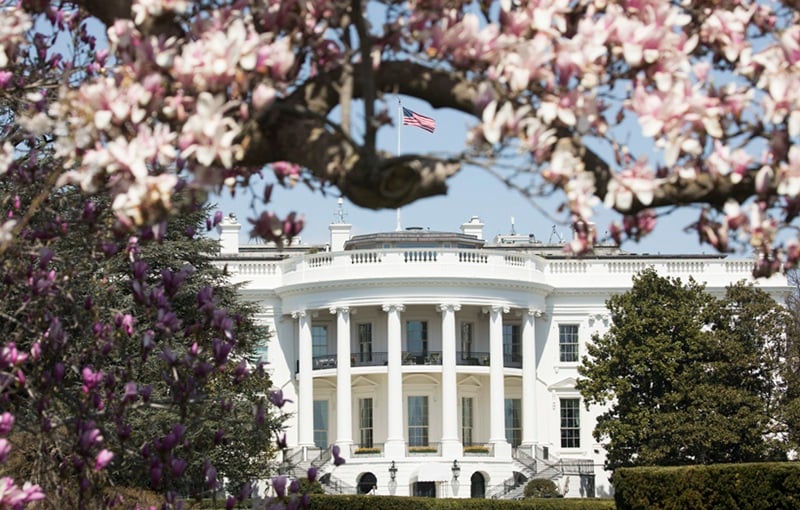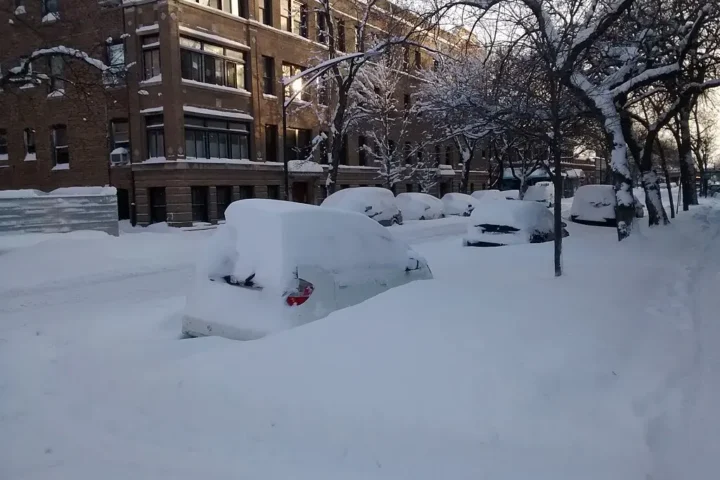The Senate narrowly passed its version of the “Big Beautiful Bill” on Tuesday with Vice President JD Vance breaking a 51-50 tie vote. The sweeping legislation makes dramatic changes to how Americans borrow for college and repay student debt. If it becomes law, millions of current and future borrowers will face a very different student loan system.
Fewer Repayment Options for Borrowers
The bill drastically simplifies loan repayment. Instead of the multiple options available today, including the Biden administration’s SAVE plan, future borrowers who take out loans after July 1, 2026, will have just two choices: a standard plan or a new income-based option.
The standard plan would set fixed monthly payments with terms ranging from 10 to 25 years, depending on how much was borrowed. The new income-based option, called the Repayment Assistance Plan (RAP), would require 30 years of payments before any remaining debt is forgiven – longer than the 20-25 years in current plans.
Current borrowers could keep their existing plans, with their previous payments counting toward forgiveness timelines.
New Borrowing Limits for Graduate Students and Parents
The legislation ends the Graduate PLUS Program, which currently allows graduate students to borrow up to their full cost of attendance. Instead, graduate students would face lifetime federal loan limits of $100,000, while medical and law students could borrow up to $200,000.
For families helping to pay for undergraduate education, Parent PLUS loans would be capped at $65,000 per student. These loans would also be excluded from income-driven repayment programs, potentially increasing monthly payment burdens for families.
“This bill is a dangerous attack on students, working families, and communities,” said Aissa Canchola Bañez, policy director for the Student Borrower Protection Center, who warned it would push “millions of students and families into the riskier and more expensive private student loan market.”
Similar Posts:
Fewer Safety Nets During Financial Hardship
The bill eliminates key protections for borrowers facing tough times. Unemployment deferment and economic hardship deferment – which allow borrowers to pause payments during financial difficulties – would be eliminated for loans issued after July 1, 2026.
Without these options, struggling borrowers would have fewer ways to avoid default. Unlike some current plans, the new RAP would not allow for $0 monthly payments during periods of hardship.
Colleges Held to New Standards
The Senate bill introduces a new approach to holding colleges accountable. Programs would be ineligible for federal student loans if their graduates don’t earn enough money.
For undergraduate programs to remain eligible, at least half of their graduates must earn more than typical high school graduates in their state. Graduate programs would need to show their graduates earn more than typical bachelor’s degree holders in the same field and region.
Programs failing this earnings test in two out of three consecutive years would lose access to federal student loans. This differs from the House version, which would make colleges financially responsible for a portion of unpaid student loans.
Changes to Pell Grants
The bill expands Pell Grant eligibility to students in short-term job training programs between 8-15 weeks, creating what’s called “Workforce Pell.” However, students with scholarships covering their full cost of attendance would no longer qualify for Pell Grants.
The legislation adds $10.5 billion to address a projected funding shortfall in the program.
Borrower Protections Delayed, Not Eliminated
Rather than permanently eliminating Biden administration rules that protect borrowers from predatory schools, the Senate bill delays them for 10 years. This includes postponing borrower defense to repayment and closed school discharge rules, which help students defrauded by their colleges or whose schools closed before graduation.
The bill now moves to the House, where Republican leaders aim for a vote before July 4. If passed without changes, it goes to President Trump for signature. If amended, both chambers must reconcile differences before final passage. Student advocates warn these changes could increase monthly payments, force more students into risky private loans, and make it harder for graduates to manage their debt in an already challenging student loan landscape.



















